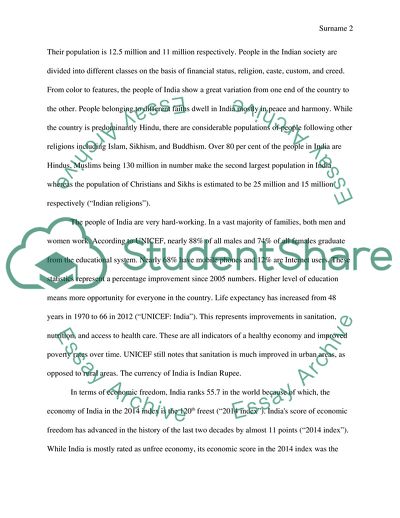Cite this document
(Covering Important Geographical and Economical Facts about India Case Study Example | Topics and Well Written Essays - 2500 words, n.d.)
Covering Important Geographical and Economical Facts about India Case Study Example | Topics and Well Written Essays - 2500 words. https://studentshare.org/macro-microeconomics/1833362-covering-important-geographical-and-economical-facts-about-india
Covering Important Geographical and Economical Facts about India Case Study Example | Topics and Well Written Essays - 2500 words. https://studentshare.org/macro-microeconomics/1833362-covering-important-geographical-and-economical-facts-about-india
(Covering Important Geographical and Economical Facts about India Case Study Example | Topics and Well Written Essays - 2500 Words)
Covering Important Geographical and Economical Facts about India Case Study Example | Topics and Well Written Essays - 2500 Words. https://studentshare.org/macro-microeconomics/1833362-covering-important-geographical-and-economical-facts-about-india.
Covering Important Geographical and Economical Facts about India Case Study Example | Topics and Well Written Essays - 2500 Words. https://studentshare.org/macro-microeconomics/1833362-covering-important-geographical-and-economical-facts-about-india.
“Covering Important Geographical and Economical Facts about India Case Study Example | Topics and Well Written Essays - 2500 Words”. https://studentshare.org/macro-microeconomics/1833362-covering-important-geographical-and-economical-facts-about-india.


